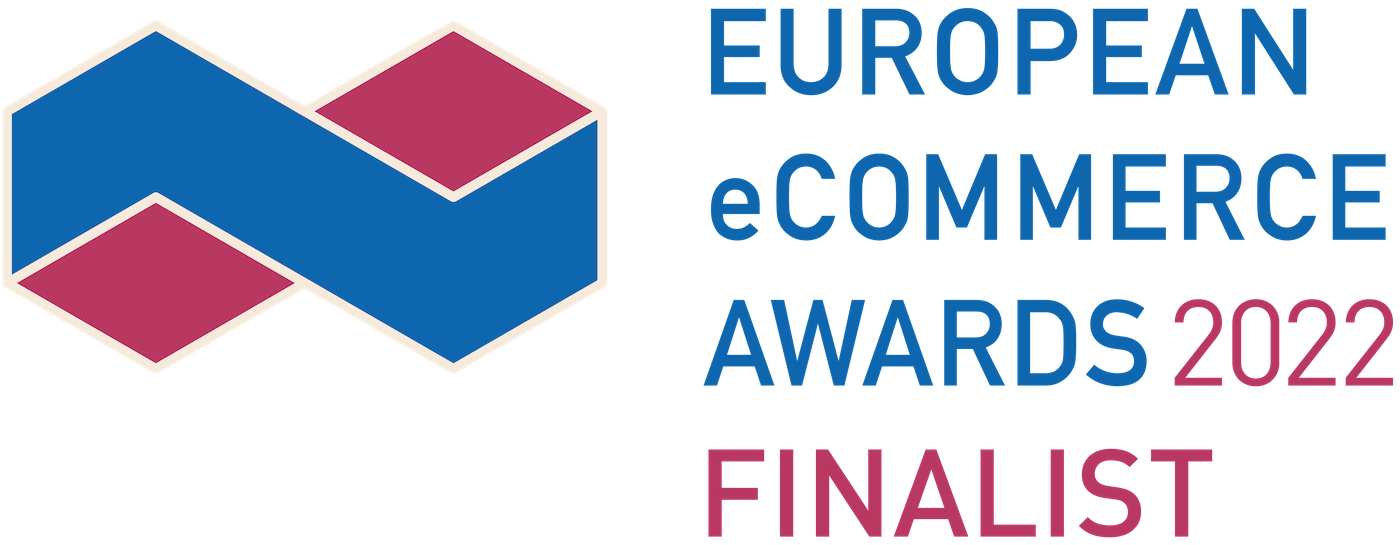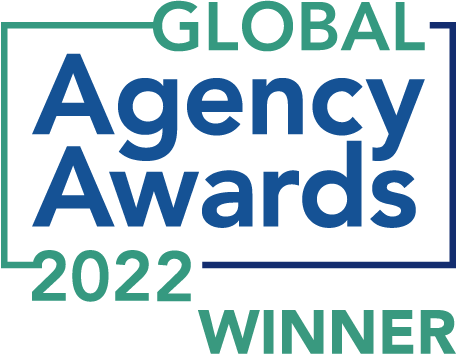Aby zapewnić najlepsze doświadczenia, używamy technologii takich jak pliki cookie do przechowywania i/lub uzyskiwania dostępu do informacji o urządzeniu. Wyrażenie zgody na te technologie umożliwi nam przetwarzanie danych, takich jak zachowanie podczas przeglądania lub unikalne identyfikatory na tej stronie. Brak wyrażenia zgody lub jej wycofanie może niekorzystnie wpłynąć na niektóre cechy i funkcje.
To provide the best experiences, we use technologies like cookies to store and/or access device information. Consenting to these technologies will allow us to process data such as browsing behavior or unique IDs on this site. Not consenting or withdrawing consent, may adversely affect certain features and functions.
Techniczne przechowywanie lub dostęp są ściśle niezbędne do uzasadnionego celu, jakim jest umożliwienie korzystania z określonej usługi wyraźnie żądanej przez abonenta lub użytkownika, lub wyłącznie w celu przeprowadzenia transmisji komunikatu za pośrednictwem sieci komunikacji elektronicznej. // The technical storage or access is strictly necessary for the legitimate purpose of enabling the use of a specific service explicitly requested by the subscriber or user, or for the sole purpose of carrying out the transmission of a communication over an electronic communications network.
Techniczne przechowywanie lub dostęp jest niezbędny do uzasadnionego celu przechowywania preferencji, o które abonent lub użytkownik nie prosił. // The technical storage or access is necessary for the legitimate purpose of storing preferences that are not requested by the subscriber or user.
Techniczne przechowywanie lub dostęp wykorzystywane wyłącznie do celów statystycznych. // The technical storage or access that is used exclusively for statistical purposes.
The technical storage or access that is used exclusively for anonymous statistical purposes. Without a subpoena, voluntary compliance on the part of your Internet Service Provider, or additional records from a third party, information stored or retrieved for this purpose alone cannot usually be used to identify you.
Techniczne przechowywanie lub dostęp są wymagane do tworzenia profili użytkowników w celu wysyłania reklam lub śledzenia użytkownika na stronie internetowej lub na kilku stronach internetowych w podobnych celach marketingowych. // The technical storage or access is required to create user profiles to send advertising, or to track the user on a website or across several websites for similar marketing purposes.
 It is also important to enrich your content with images, photos or informative infographics. It will not anly make your content easier to read but also will make your user's more focused.
It is also important to enrich your content with images, photos or informative infographics. It will not anly make your content easier to read but also will make your user's more focused.
 You need to find an optimal way to create an effective message - start from constructing headings, select suitable graphics, format your content and finally, focus on appropriate function of your text.
Drawing the users’ attention isn’t a piece of cake and it doesn’t guarantee that they’ll stay on your website and keep tracking the content. You should put every effort to make people interested in your texts, meet their expectations and suggest which specific steps should they take.
You need to find an optimal way to create an effective message - start from constructing headings, select suitable graphics, format your content and finally, focus on appropriate function of your text.
Drawing the users’ attention isn’t a piece of cake and it doesn’t guarantee that they’ll stay on your website and keep tracking the content. You should put every effort to make people interested in your texts, meet their expectations and suggest which specific steps should they take.












Woah! I’m really loving the template/theme of this
website. It’s simple, yet effective. A lot of times it’s challenging
to get that “perfect balance” between superb usability and appearance.
I must say you have done a fantastic job with this. Also, the
blog loads super fast for me on Safari. Exceptional Blog!